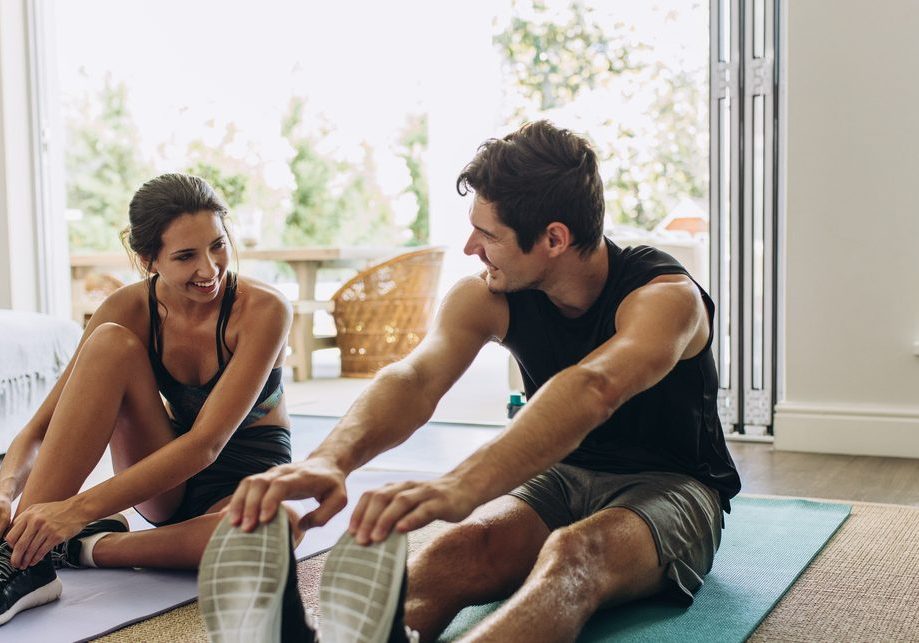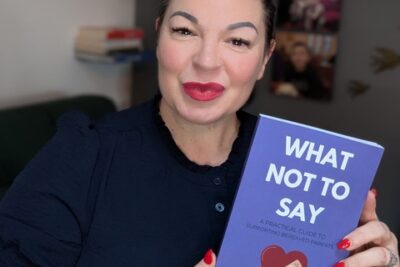
Sweat smart: the role of exercise as a lifestyle medicine pillar
by Northern Life
Meet Dr Milli, a North-West based GP, lifestyle medicine doctor; here she shares her thoughts on nutrition and mental health.
We all know how beneficial exercise is, not just for our physical health but also for our mental health.
Studies show that exercise and walking 8,000 steps a day are linked with a 51% lower risk of death, with this figure rising further the more steps we take in a day. We also know from studies that even in those who are overweight and obese, there is still a myriad of benefits from exercising to our health.

Dr Milli
WHY SHOULD WE EXERCISE?
Everyone has different exercise goals and a ‘why’ for exercising. People exercise for many reasons, and it is crucial that we understand someone’s goals, as this will impact and determine the type and amount of exercise someone should partake in. People may exercise for various reasons, some of which can include the following:
- Fat loss
- Muscle gains
- Mental health benefits
- Improving their sleep
- Improving their fitness
- Increasing their lifespan
HOW MUCH EXERCISE SHOULD YOU DO?
The guidelines in the UK are that we should engage in:
Two and a half hours a week of moderate-intensity exercise OR One hour and fifteen minutes of high-intensity exercise a week. A subjective way to ascertain if your exercise is moderate or high intensity, is your ability to talk or sing when you are exercising. More objective ways include monitoring our heart rate and heart-rate zones. With the hype and boom of wearable technologies, from heart monitoring belts to watches, this is a straightforward measure to see if you are exercising in the correct zone to meet your goals/needs.
WHAT ARE HEART-RATE ZONES?
Five heart-rate ‘zones’ relate to the percentage of your maximum heart rate.
Zone 1 – grey zone training is when your heart rate is 50-60% of your maximum heart rate and is considered the zone to be in when warming up prior to exercising to help prevent injury.
Zone 2 – blue zone training is when your heart rate zone is 60-70% of your max heart rate, is considered light exertion, and is a great zone for utilising fat stores and fat loss/burning.
Zone 3 – green zone training is when your heart rate is 70-80% of your maximum heart rate and is considered the zone to be in when wanting to increase your aerobic fitness.
Zone 4 – yellow zone training is when your heart rate zone is 80-90% of your max heart rate, is considered hard exertion, and is a great zone to be in for increasing your anaerobic threshold.
Zone 5 – red zone training is when your heart rate zone is 90%-100% of your max heart rate, is considered maximum exertion, and is a great zone to be in for increasing your power, maximum oxygen intake and cellular health.

WHAT EXERCISE SHOULD YOU DO?
We can think of exercise in different categories and different forms.
Cardiorespiratory exercise – this can be in the form of swimming, running, walking, cycling and/or rowing, to name a few. As the name implies, this type of exercise is great at training your heart and lungs to be stronger.
Strength training – the UK guidelines are that adults should partake in at least two weekly strength training sessions on non-consecutive days. Strength training can be lifting weights in the gym, but it can also be bodyweight exercises. There is a misconception, especially amongst some women, that strength training can make us ‘bulky’ – but this is difficult to achieve unless we are specifically fuelled for this.
High–intensity interval training is where you do short periods of high-intensity exercises with some rest in between. This can be cardio, e.g. running, or strength training, i.e. lifting weights to achieve it.
Flexibility exercises, e.g. stretching
Balance exercises, e.g. tai chi, yoga, Hot Yoga.
Everyone is different in their likes and wants when it comes to exercise; running is like Marmite to some people; you either love it or hate it. But a balance of various exercises is crucial to get the variety of benefits each style offers.
STRENGTH TRAINING FOR LONGEVITY
As we age, we lose about 3-8 % of muscle mass every ten years. The muscle is a vital organ; it’s the body’s largest organ. Our muscle determines our metabolic rate, and building this up can assist with fat loss, especially in post-menopausal women. Muscle also releases many substances and proteins linked to and vital in supporting brain health.
“Some women exercise according to their menstrual cycle to help support and balance their hormones “
So don’t forget to incorporate this training style in your exercise plans; it helps with balance as we age and is becoming well known, and more research is being done on its role in longevity.

HORMONAL CHANGES WHEN WE EXERCISE
Some women exercise according to their menstrual cycle to help support and balance their hormones; in the follicular phase, they are more energetic and are more tolerant of HIIT and stress, whereas, in the luteal phase, exercises such as Pilates and yoga can help support progesterone by activating the calming parasympathetic nervous system.
Excess exercise and over-exercising can cause an increase in cortisol, the stress hormone and can have a knock-on negative effect on sex hormones (oestrogen and progesterone). However, exercise has many positive benefits on our hormones and chemicals. We know exercise can help release and support the function of:
Serotonin – our happy hormone and the body’s natural antidepressant
Dopamine – the feel-good motivating chemical
Endorphins – our body’s natural painkiller
Growth hormone
Testosterone
I talk more about the concepts in this article in my Amazon best-selling book (Happy Hormones, Happy You; Beaten Track Publishing 2023) and how to exercise with your menstrual cycle and in the menopausal phase to help with stubborn weight loss. Exercise plans are also included. Please visit drmilli.co.uk/newsletter for more updates.
But as sedentary behaviour is becoming more and more prevalent in today’s society, getting some daily movement that we enjoy and can incorporate into our daily living to help improve our physical and mental health is pivotal. Let’s all get moving!
Until next time.
Dr Milli x
NorthernLife March/April/May 24




